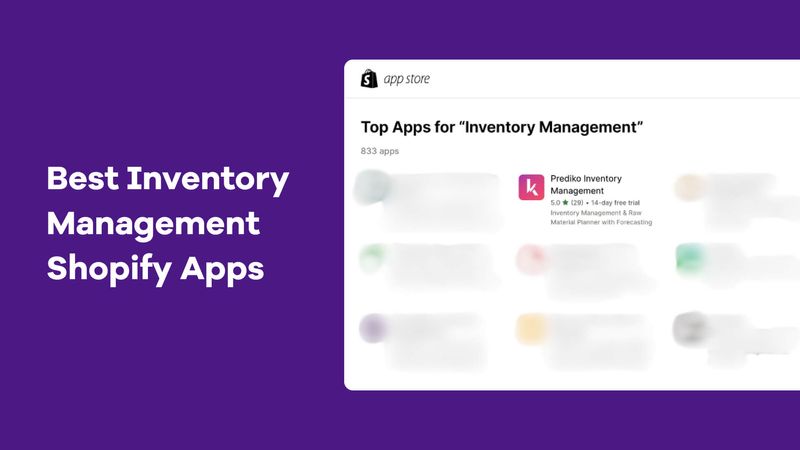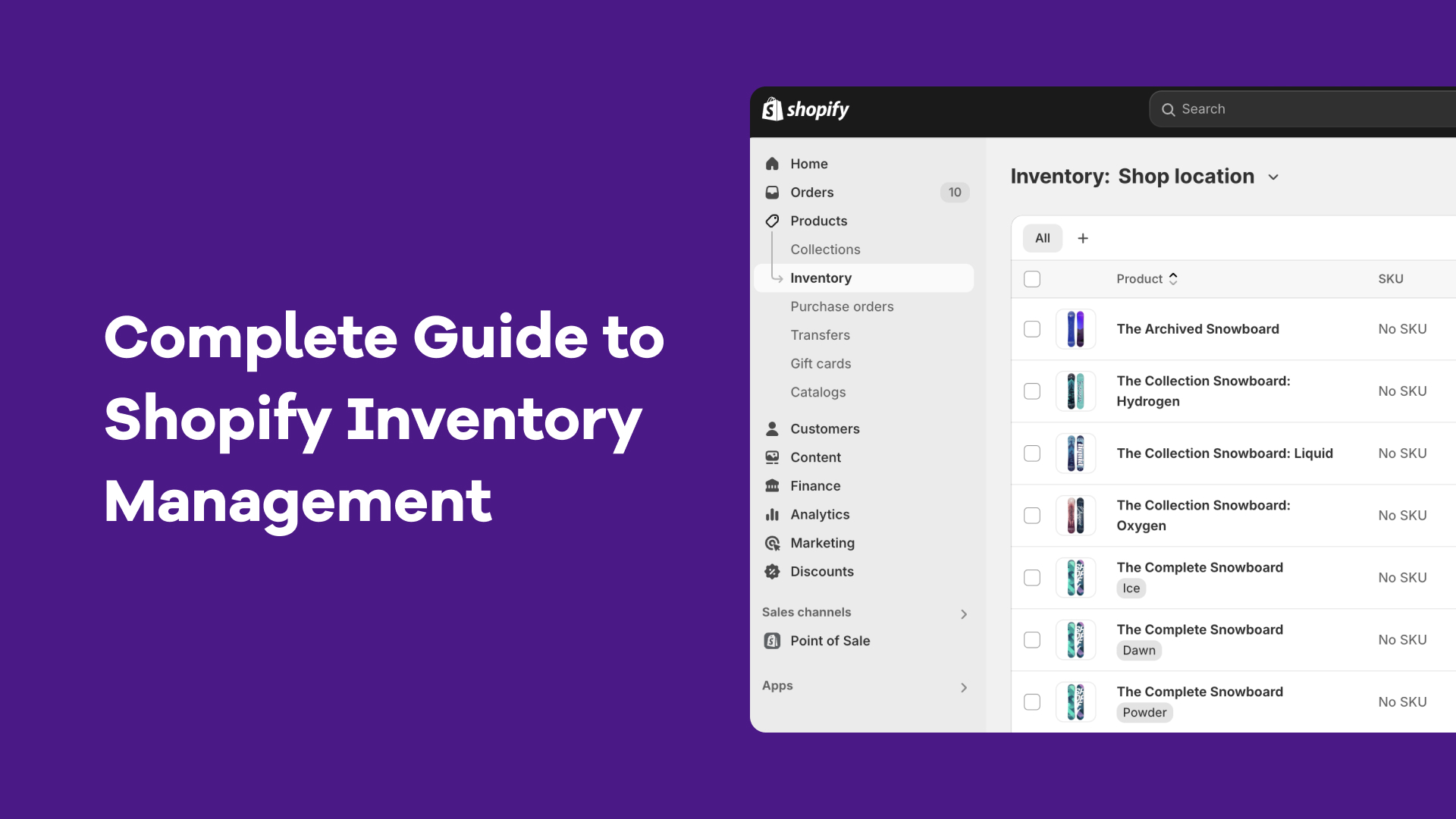It’s time to go back to class
Our goal is to create content that resonates with the community and help them improve the efficiency of inventory operations ten fold.
We understand building an eCommerce business is tough. And we also know that it becomes overwhelming to keep track of all the modern day jargon and terms around inventory management and operations. That's why we wanted to create this handy mini pocketbook to help you quickly brush up on your inventory knowledge.
Best use-case of this mini guide: Share this with your new joinee or rest of the teams (finance, marketing or support) so that no one goes pale when the word SKU enters the chat :)
Here is a list of all the important terms under Inventory Management
Top Revenue Terms
- Revenue: The total income gained
- Forecast revenue: A prediction of what the income gained could be over a specific time period, based on the purchase orders outstanding and replenishment rates
- Sales: The number of units sold historically
- Forecast sales: A prediction of the future sales done over a specific time period, based on the purchase orders outstanding and replenishment rates. It is closely related to demand planning and forecasting
Product and SKU related terms
- COGS (Cost of Goods Sold): The historical cost of goods sold
- Retail Price: The price the consumer will pay for a good
- Unit Costs: The cost of an individual unit
- Category: A grouping of certain products
- Product: An article or substance that is manufactured or refined for sale
- Raw Materials: The basic material from which a product is made
- SKU/Variant: Stands for Stock Keeping Unit. These are used by retailers to identify and track inventory and goods.
Made up of a unique combination of letters and numbers that determine the characteristics of the product.
They allow companies to more accurately and efficiently account for all stock.
Payment Terms and Purchase Order
- Collection: A grouping of products
- Days on Hand: This is a measure of how much time is needed for a business to run through its inventory
- Purchase Order / PO: An official document issued by a buyer committing to pay the seller for the sale of specific products or services to be delivered in the future.
See the list of the top purchase order tracking and management apps in Shopify
- Minimum Order Quantity / MOQ: The minimum number of products required for purchase.
- Lead time: The time it takes for production to start and finish
- Payment terms: This takes the form of a document that details how and when goods should be paid for
This glossary is updated every quarter. If you enjoyed reading this mini guide and did scroll till this point, feel free to reach out to us if you would like us to include terms that we have missed out on
We have also created a list of apps to help you solve inventory management issues on Shopify.
Prediko wants to democratise inventory operations. That's why we created this modern inventory app in a heavily competitive space. Also learn why we are one of the top Inventory Planner alternatives.














